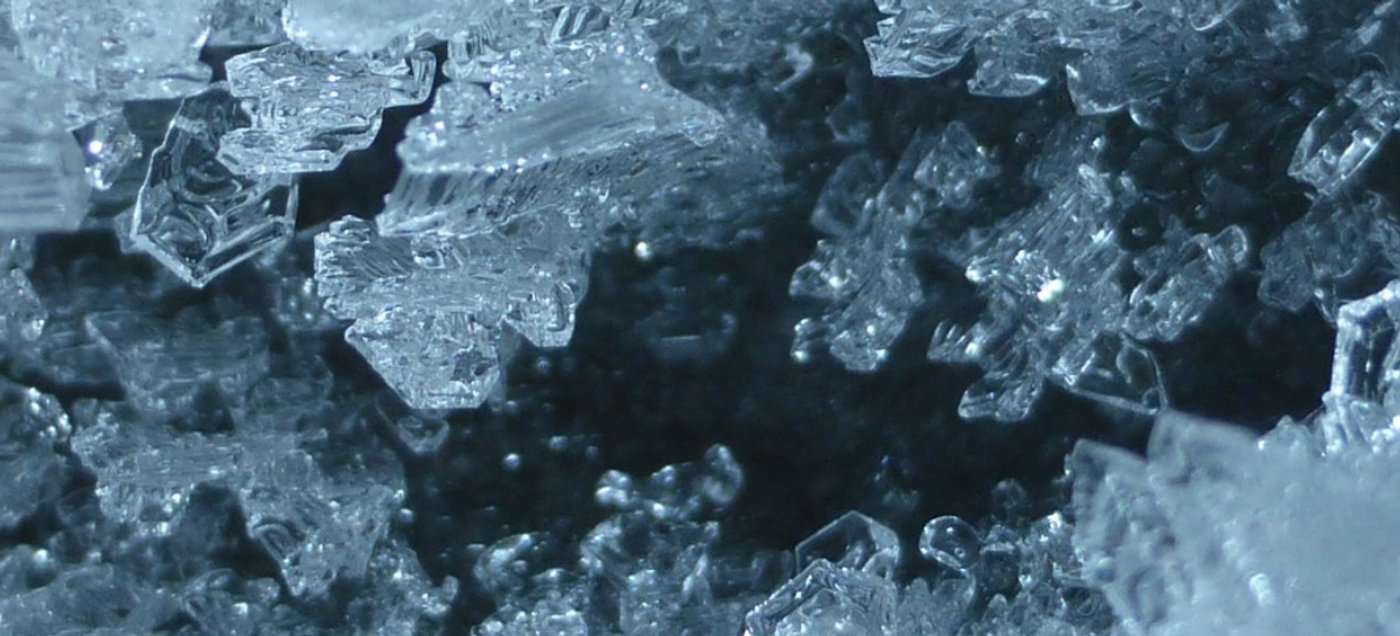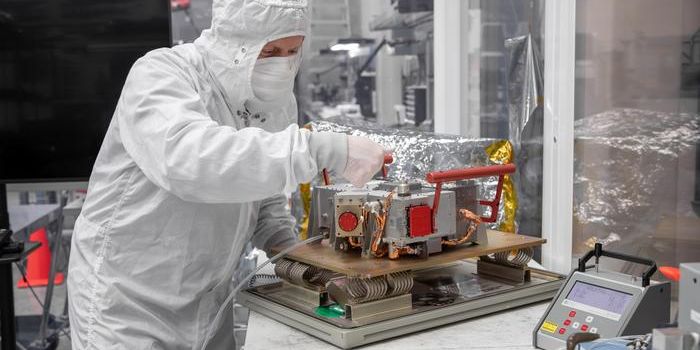Researchers Create & Sustain Otherworldly 'Superionic' Ice
Water can assume an astonishing array of conformations. It can be a liquid, vapor, or different kinds of solids. Scientists have now been able to create a form of ice known as superionic ice bay exposing water to temperature and pressure extremes, like those that could be found on gas giants like Neptune or Uranus. If a droplet of water is hit with a shockwave, supersonic ice can be created for an instant before it ceases to exist. But researchers have now been able to generate superionic ice consistently, and sustain it so that it can be studied. They used a tool called the Advanced Photon Source to do it. Once they did so, they investigated its properties. The work has been reported in Nature Physics.
“It was a surprise; everyone thought this phase wouldn’t appear until you are at much higher pressures than where we first find it,” said study co-author Vitali Prakapenka, a University of Chicago research professor and beamline scientist at the Advanced Photon Source (APS). “But we were able to very accurately map the properties of this new ice, which constitutes a new phase of matter, thanks to several powerful tools.”
We don't know a lot about the properties of molecules when they are subjected to extreme pressure and heat conditions, including those that are found inside our own planet. When people have dug into the earth, they've only been able to reach a depth of about seven miles before the heat and pressure melts the equipment, and molecular structures begin to shift. Instead, researchers have to recreate the conditions that are found in places deep underground, or on other planets, in simulations in the laboratory.
The APS can push electrons to jet around at nearly the speed of light, producing X-ray beams. Samples get squeezed between pieces of diamond to produce extreme pressure, and the sample is exposed to laser beams that mimic intense heat. Finally, an X-ray is beamed through the sample, and the scatter it produces is used to ascertain the arrangement of the atoms in the sample.
When the team performed the experiments, they first thought something was wrong. But when the laser was turned off, the change they'd seen in the water was reversible, and they realized it had not been a chemical reaction, a new phase of water had been made.
“Imagine a cube, a lattice with oxygen atoms at the corners connected by hydrogen,” Prakapenka said. “When it transforms into this new superionic phase, the lattice expands, allowing the hydrogen atoms to migrate around while the oxygen atoms remain steady in their positions. It’s kind of like a solid oxygen lattice sitting in an ocean of floating hydrogen atoms.”
This phase had been predicted by theoretical scientists, but it was thought that far more pressure would be needed.
This research can help scientists that are looking for signs of water on other planets, where it could exist in phases we may not be familiar with. Superionic ices can also impact the magnetic field of a planet, which is needed to protect an environment from harmful cosmic rays.
The research on this new phase of water will now continue, like investtigations of how it combines with other substances like salts.









